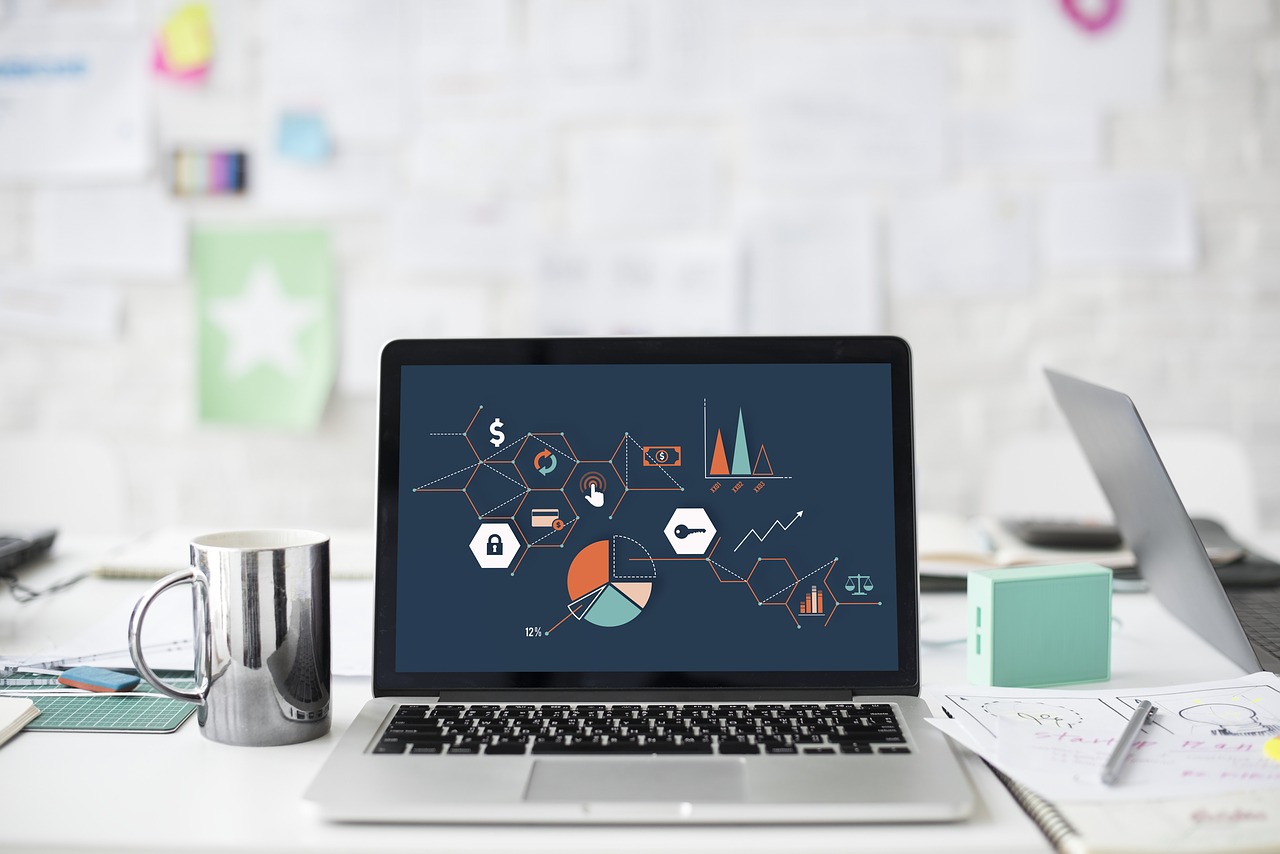Carly Fink, the principal and the head of research and strategy at Provoke Insights, was asked what she thought of the famous breakfast chain’s strategic move. She noted that it is risky. However, risk can have both positive and negative results. That is to say, the risk is not necessarily a bad thing; it can often pay off!
Risk Can Pay Off
A name change is a significant shift in a marketing strategy. For example, IHOP is one of the top names that consumers think about when they think about breakfast. Changing the name will impact this perspective and result in consumers’ association shifting away from breakfast and to lunch/dinner instead. The key here is to avoid losing its association with breakfast.
Increased Sales
IHOP has been trying to increase sales for lunch and dinner because a restaurant can often charge more for meals later in the day. We can be sure that IHOP marketing team spent a lot of time weighing the pros and cons of changing the brand name for this marketing initiative. One way this risk can pay off is by causing controversy.
In other words, there is value in controversy – it gets people talking. For instance, the IHOP strategy has succeeded. As a result of the name change, there has been a considerable stir on Twitter, with Burger King changing their name to Pancake King and other burger vertical leaders commenting on the name change. As a result, the initiative has been somewhat successful, with an influx in press and chatter evident.
Complicated Acronyms
There is a need to be careful. Acronyms can cause complication. Acronyms are ingrained in people’s memories, and consumers find it difficult to stop using old ones. Thus, it is essential to research to determine if the name change will confuse consumers. Will people be aware that the chain still sells pancakes? How else, besides the acronym, will IHOP promote burgers? It will be critical to see how their advertising focus, such as its television commercials, changes in the following months. If ad spend is less focused on breakfast, would this impact the brand overall equity?
Global Brand
It is also important to remember that this is a global brand, and as such, each market/country may react differently.
The burger market is very saturated. Entering the direct competition with the burger industry will be steep as IHOP is not known as the king of this vertical, and many brands are competing for the crown.
The risk may pay off, though. A name change could help their positioning. People might start to think of IHOP when they think about lunch and dinner. When a brand is changing its name or acronym, it’s key to conduct thorough research about the consumer, brand, and advertising initiatives! Will the name change move the needle? Or will this take away from breakfast spending, resulting in loss of revenue?
Check out some of our most recent posts from our strategy and advertising research blog here:
- Blockchain & the Markest Research Industry
- I’m Just Not That Into You: Exclusivity or Bad Marketing?
- Is Your Research Stuck in the 1980s: Update Your Brand Tracker!
- Market Research Doesn’t Need to Be Boring: Improve Data Visualization
- Tips For Building Brand Strategy for a Successful Brand
- What’s the Difference Between Quantitative and Qualitative?
Sign up for our newsletters here!
Follow our social media accounts:
Twitter: https://twitter.com/provokeinsights
Facebook: https://www.facebook.com/provokeinsights/
LinkedIn: https://www.linkedin.com/company/provoke-insights
Keep on the lookout for more blog posts from us!














